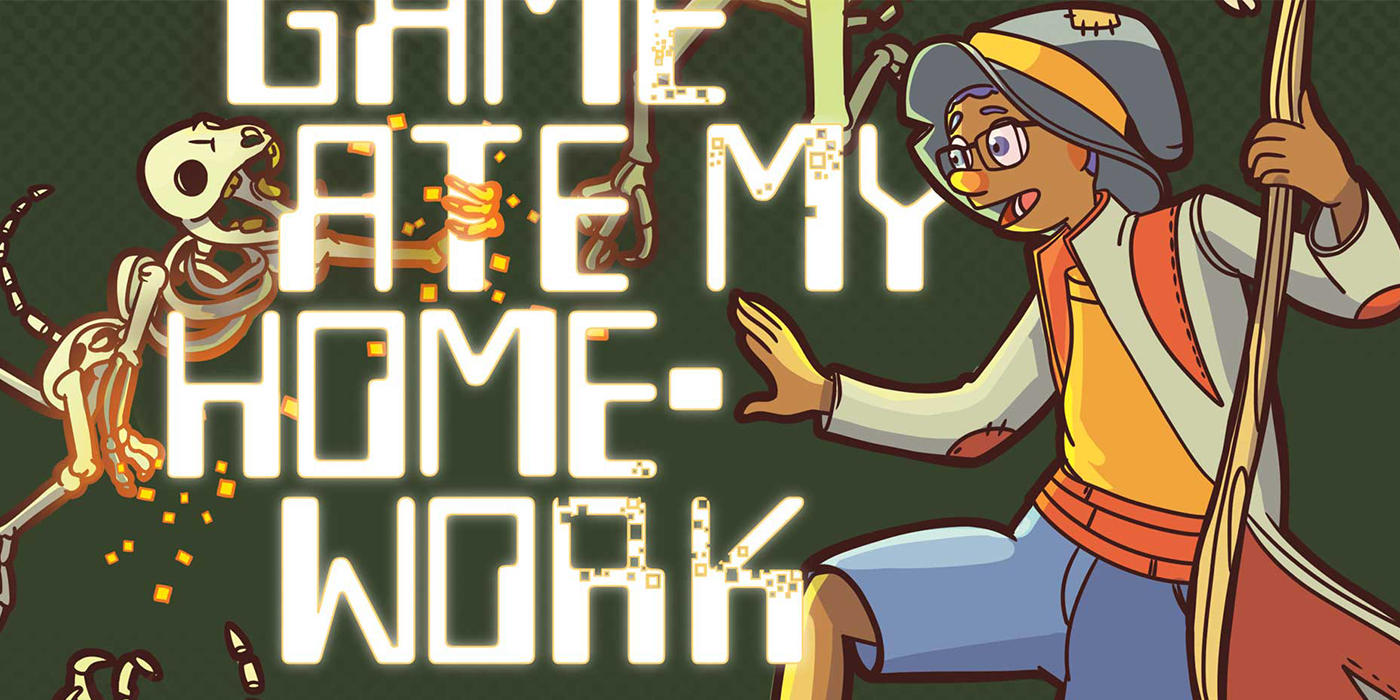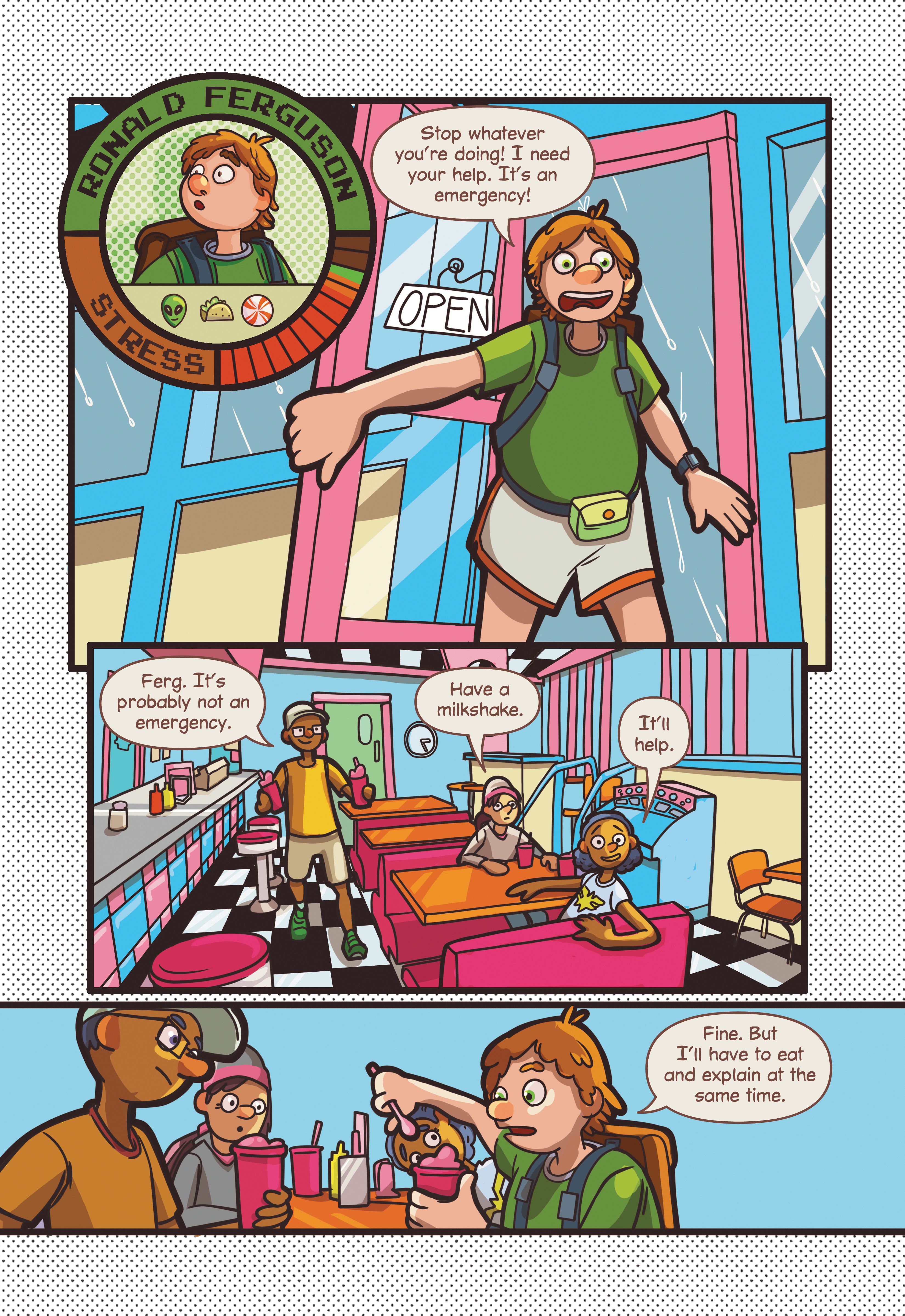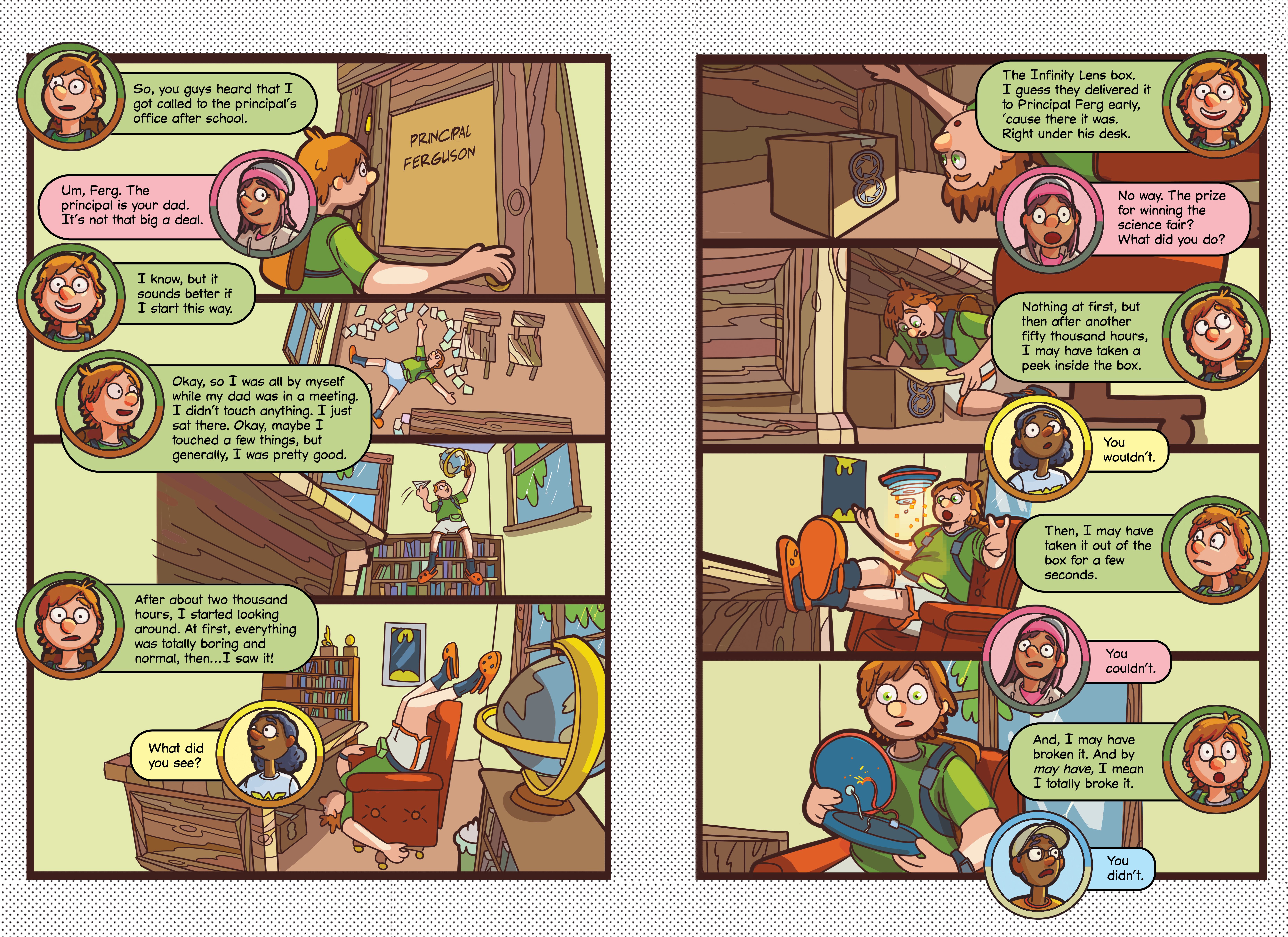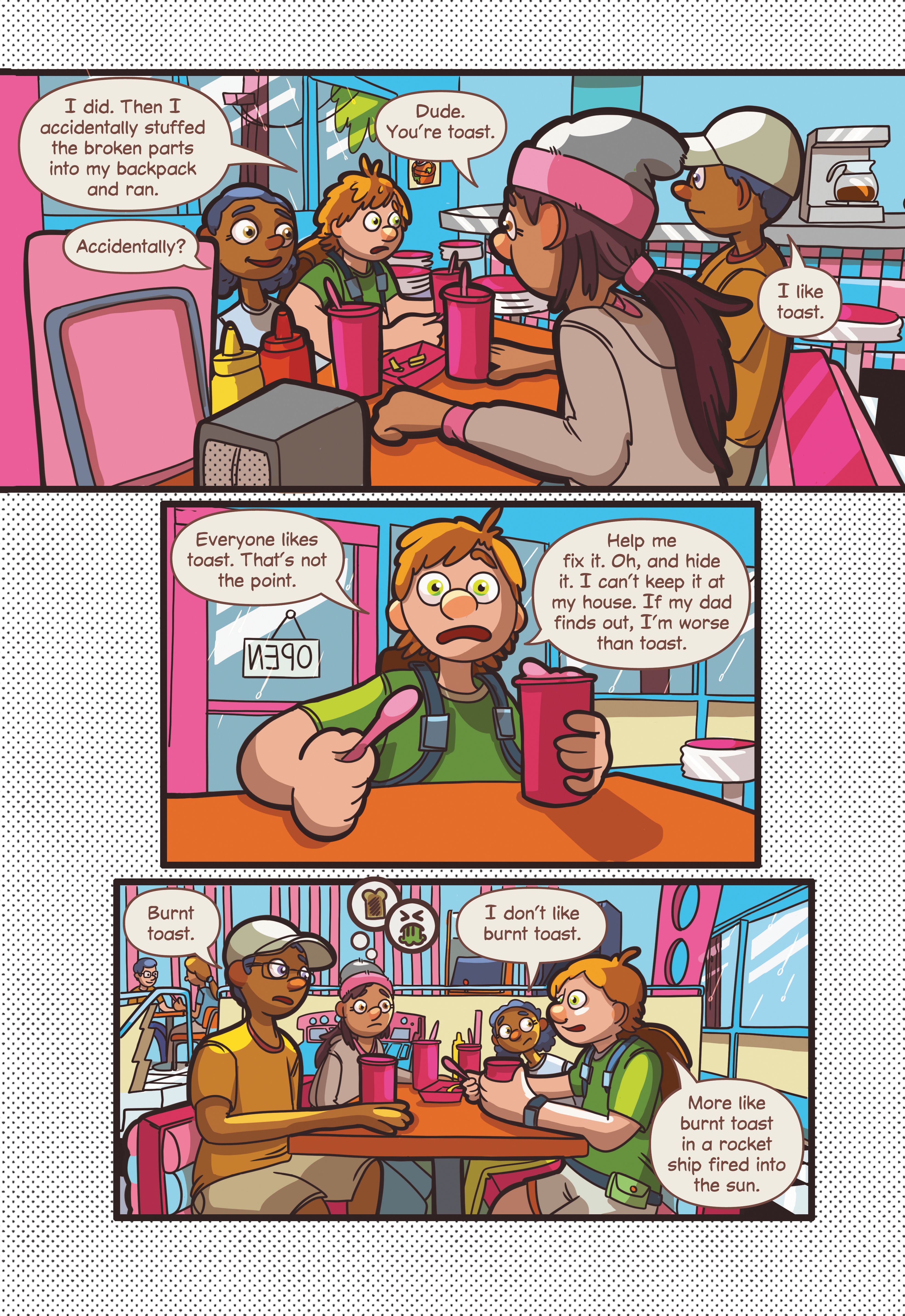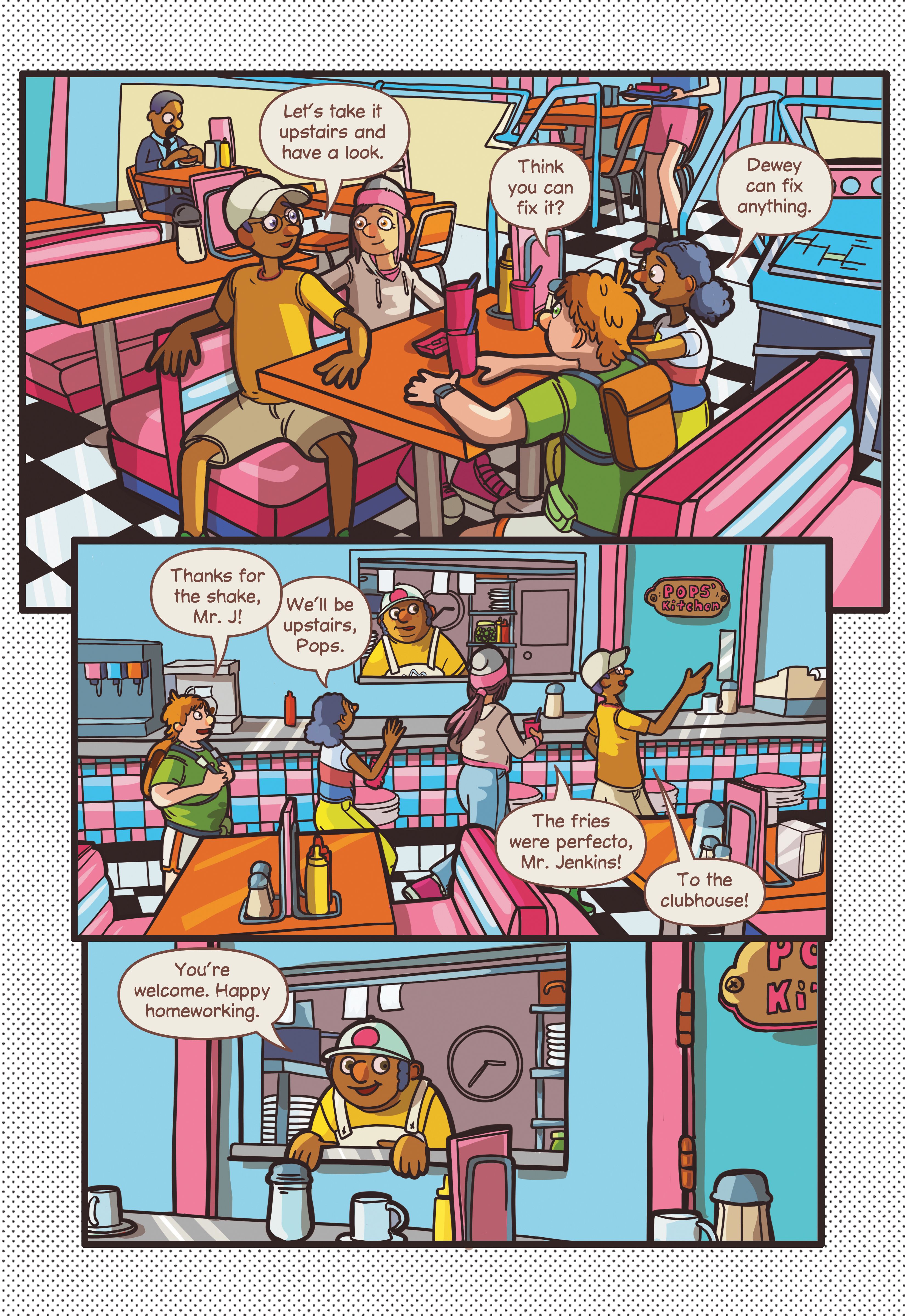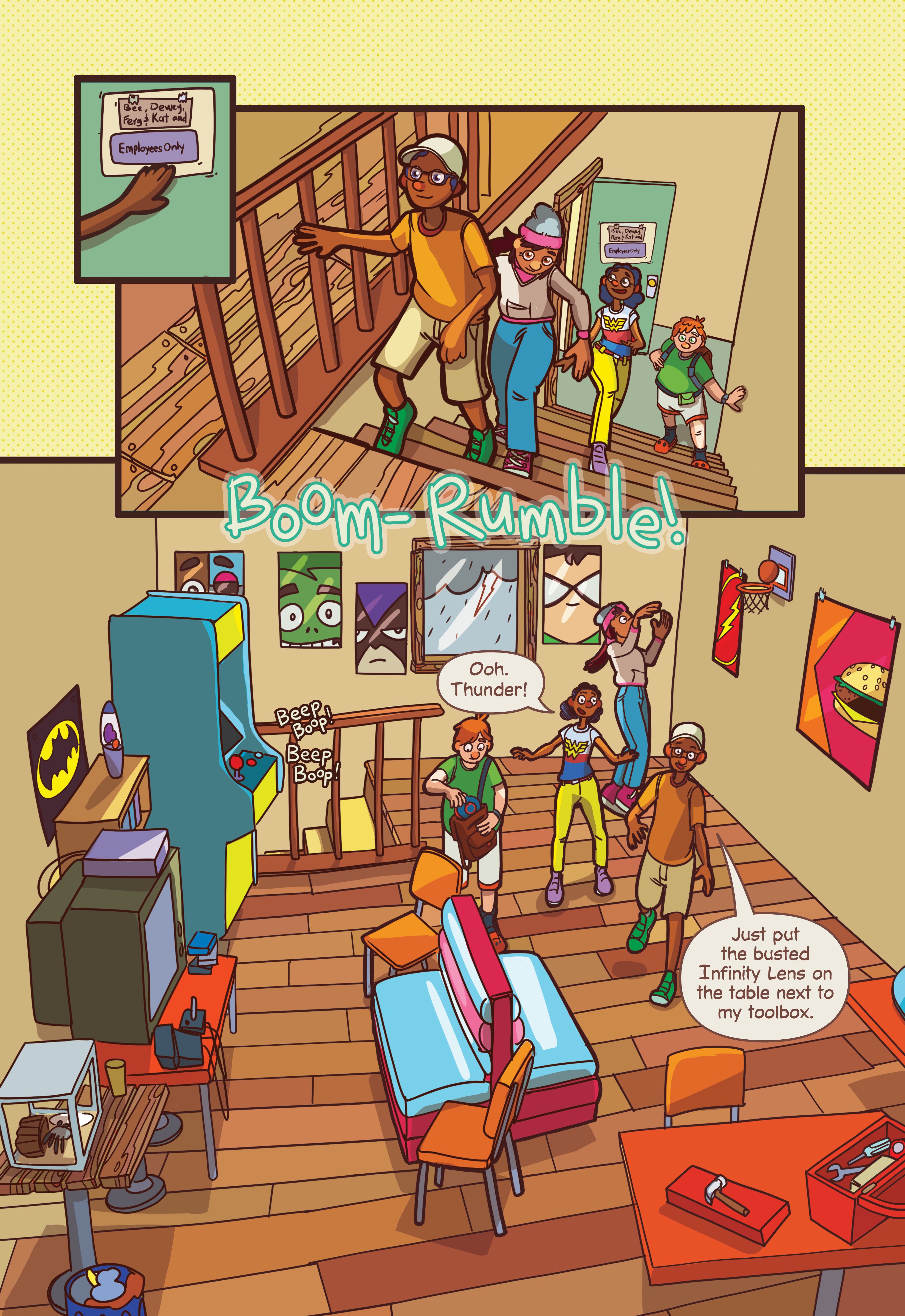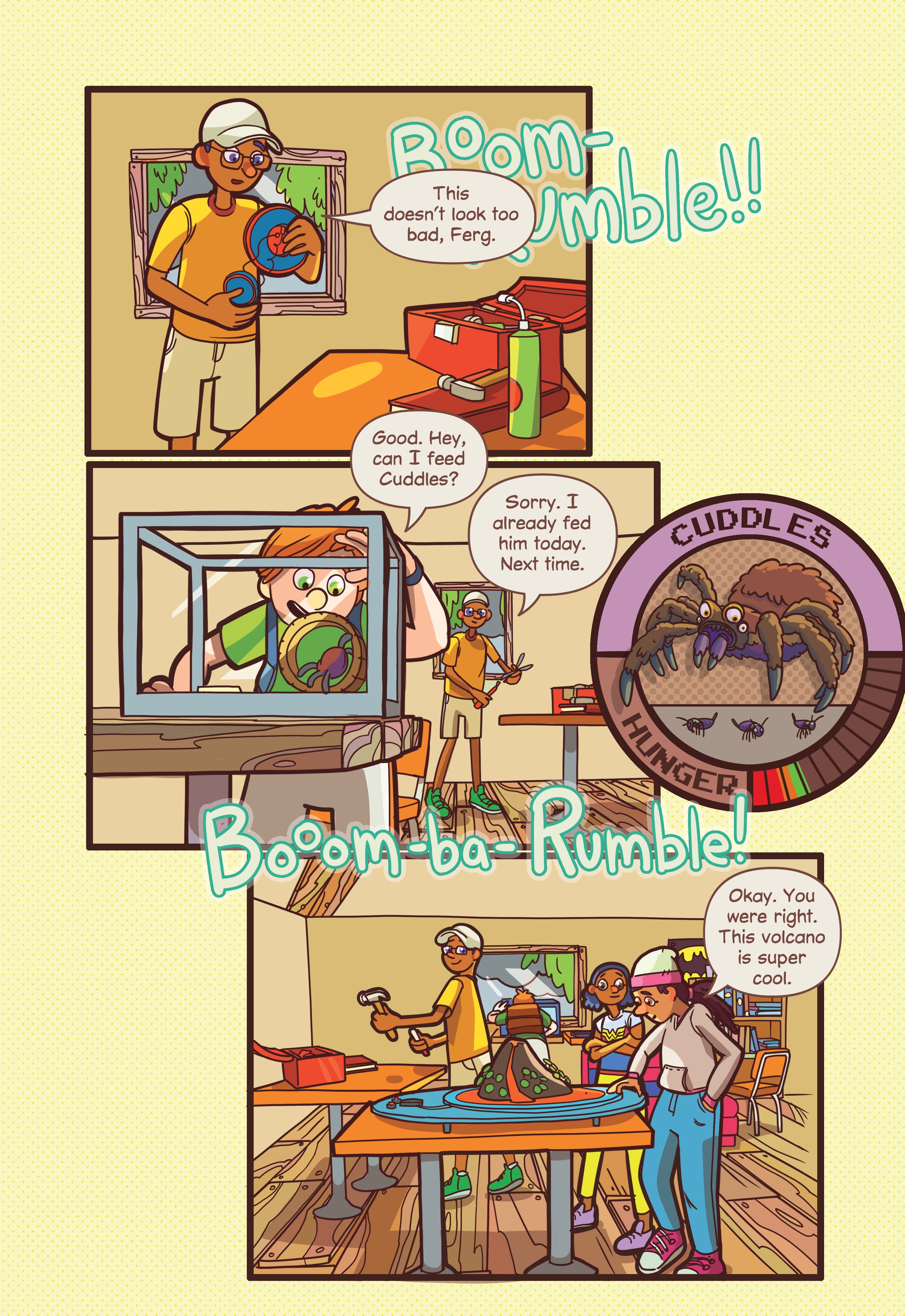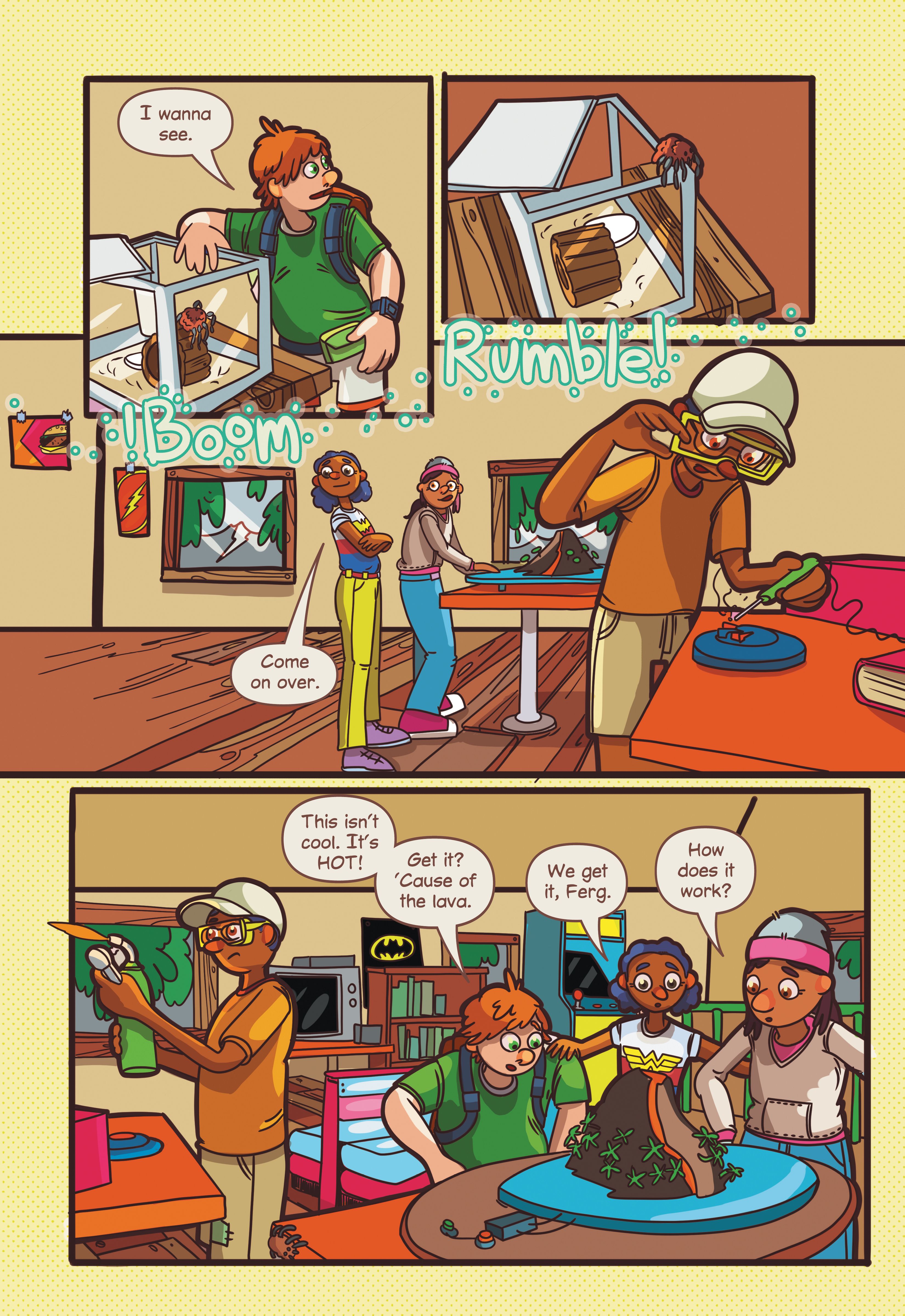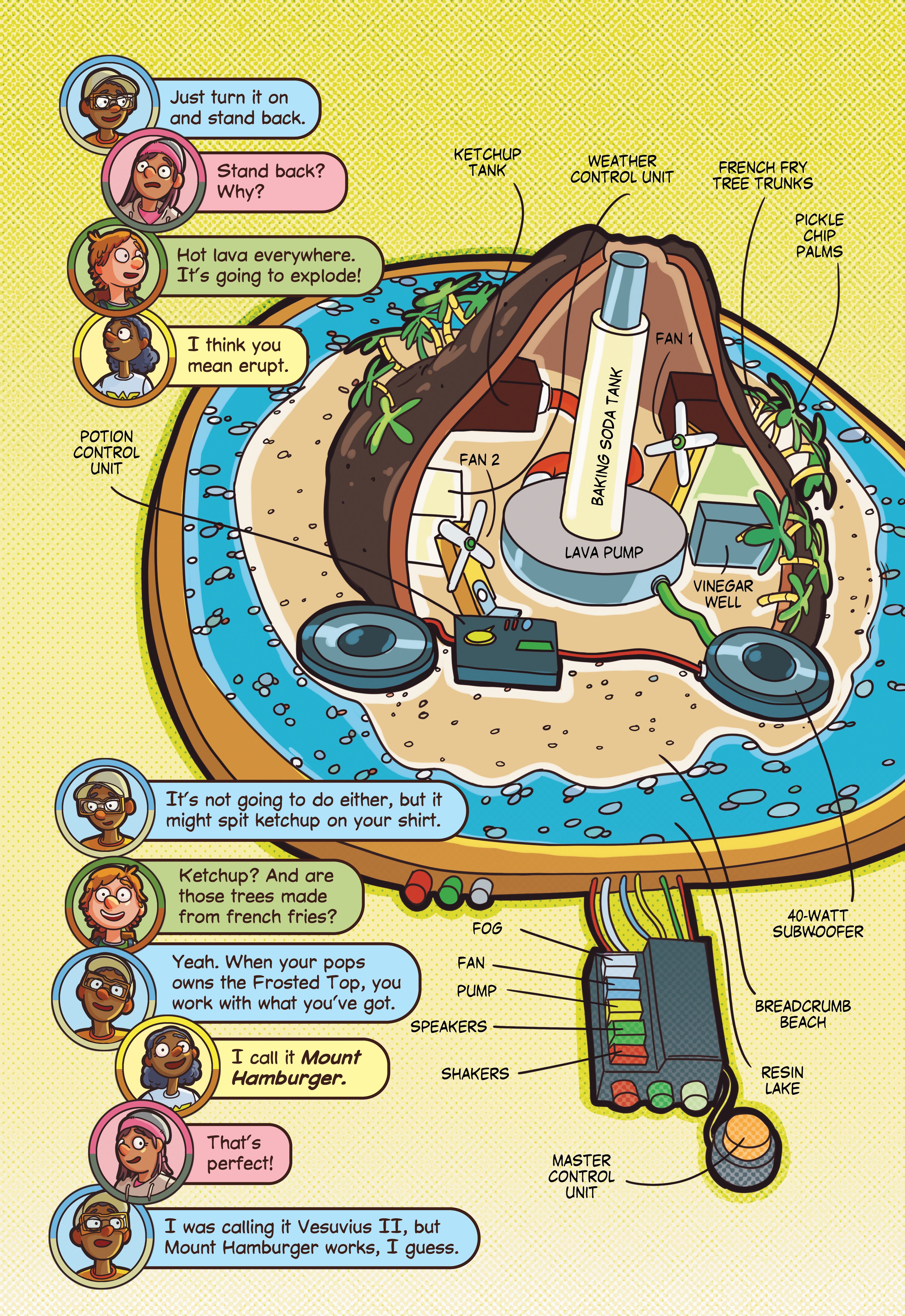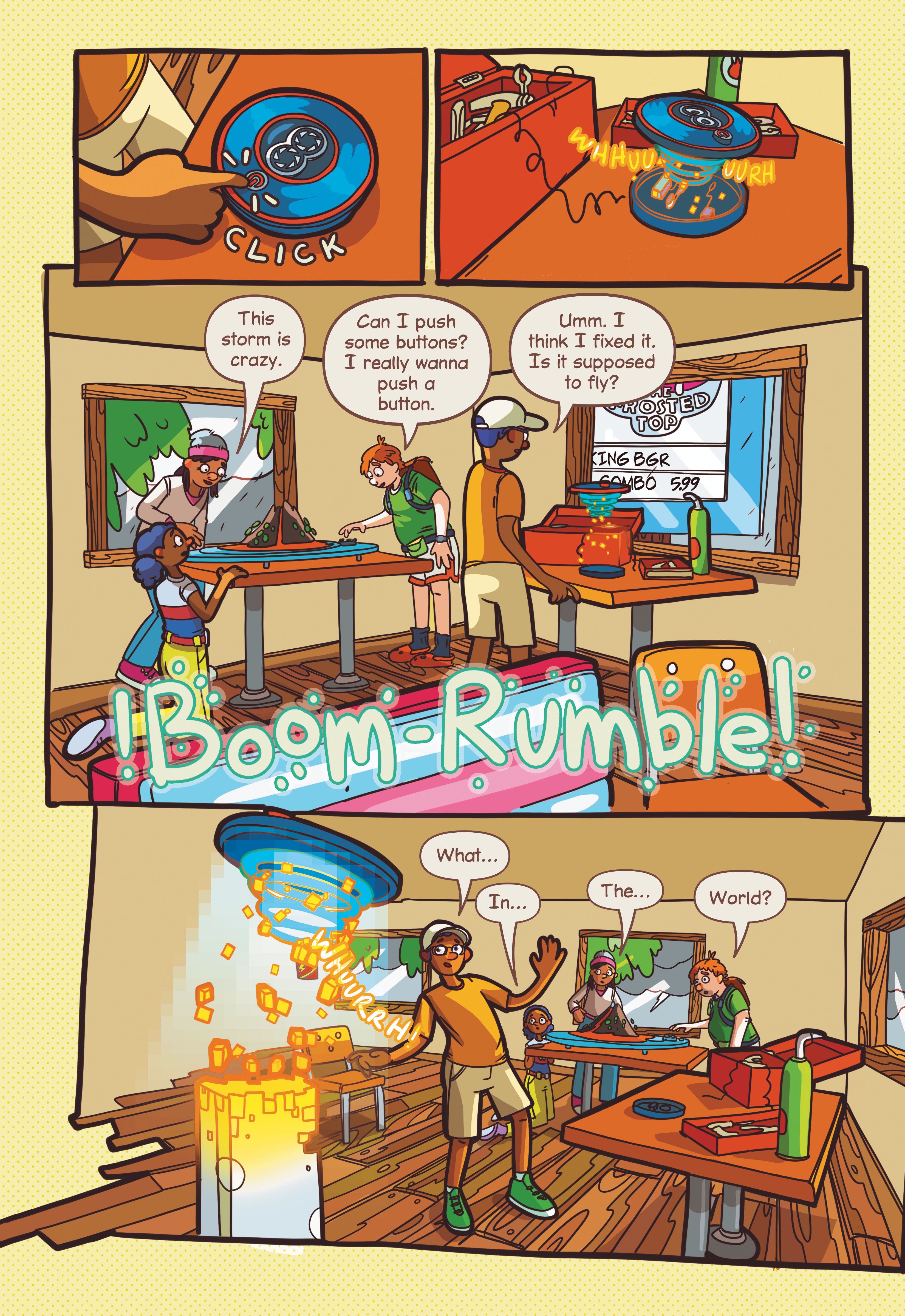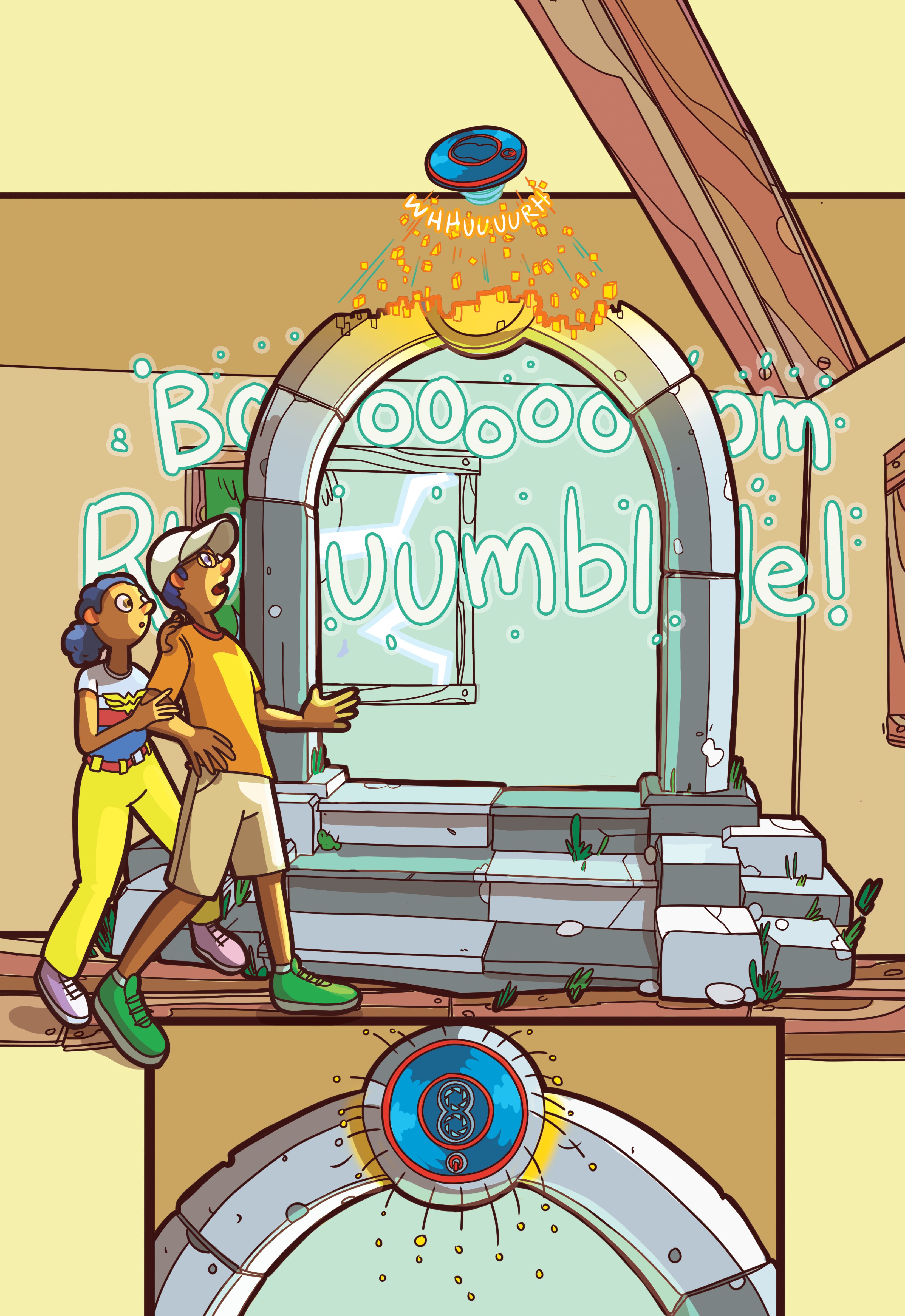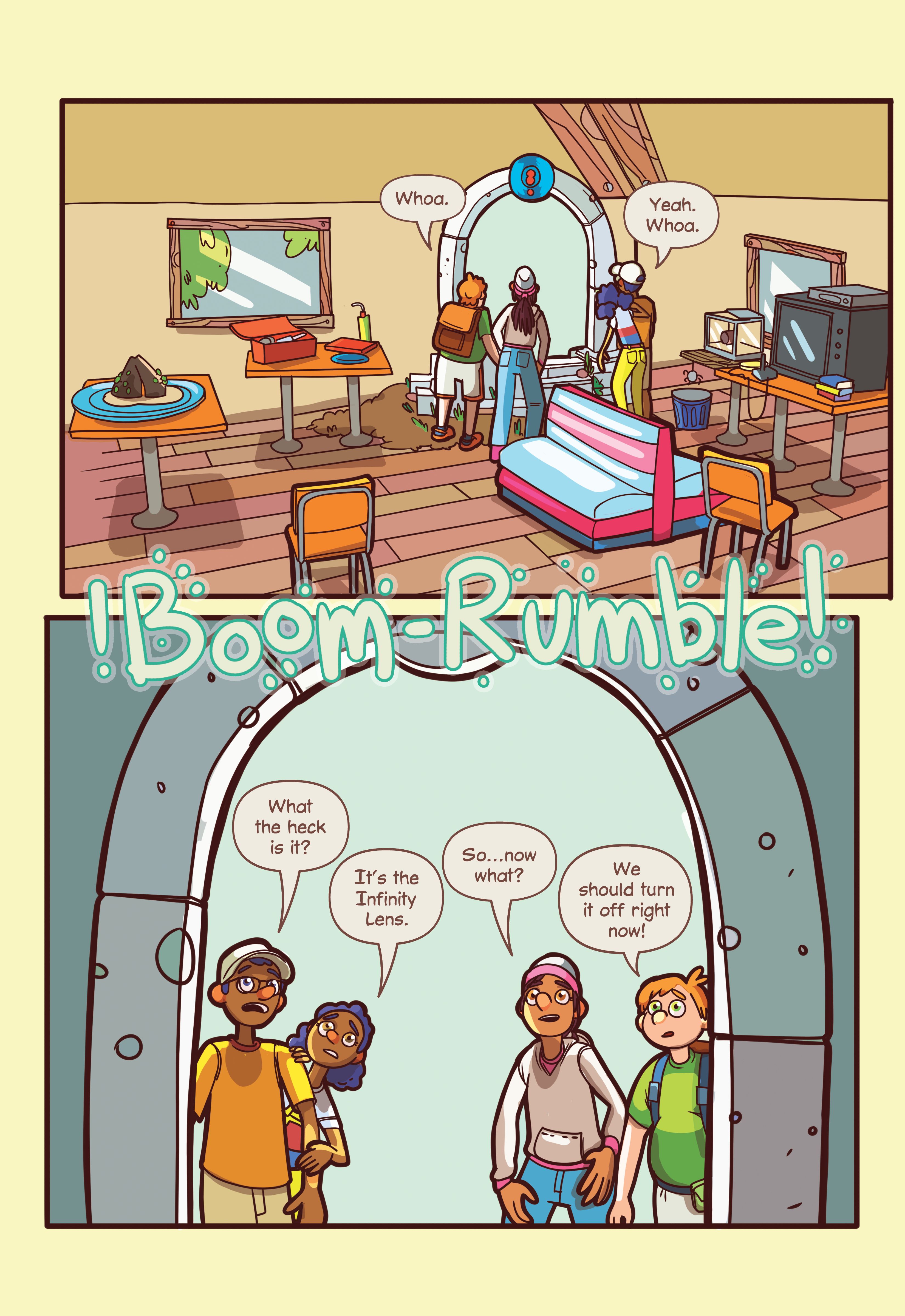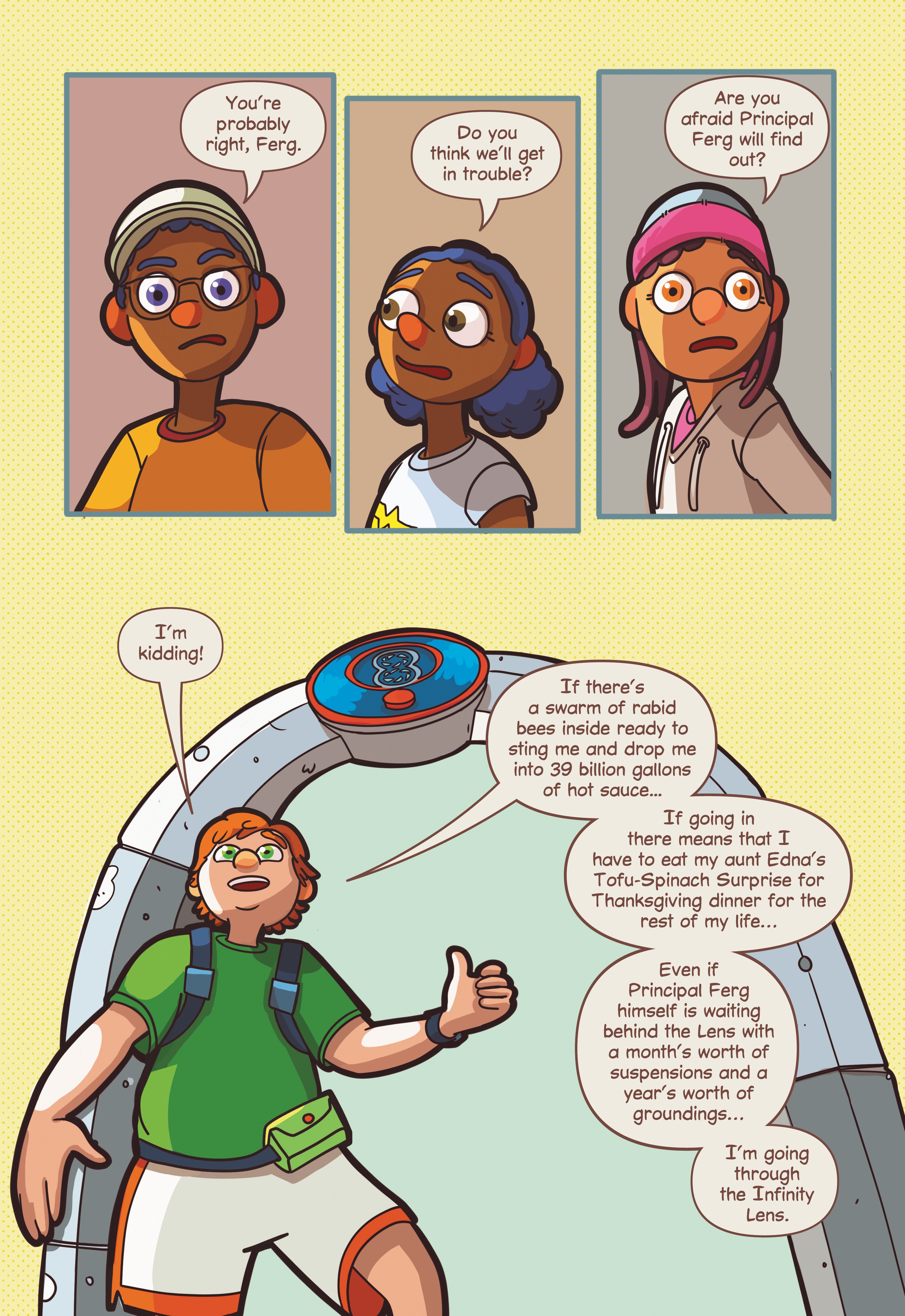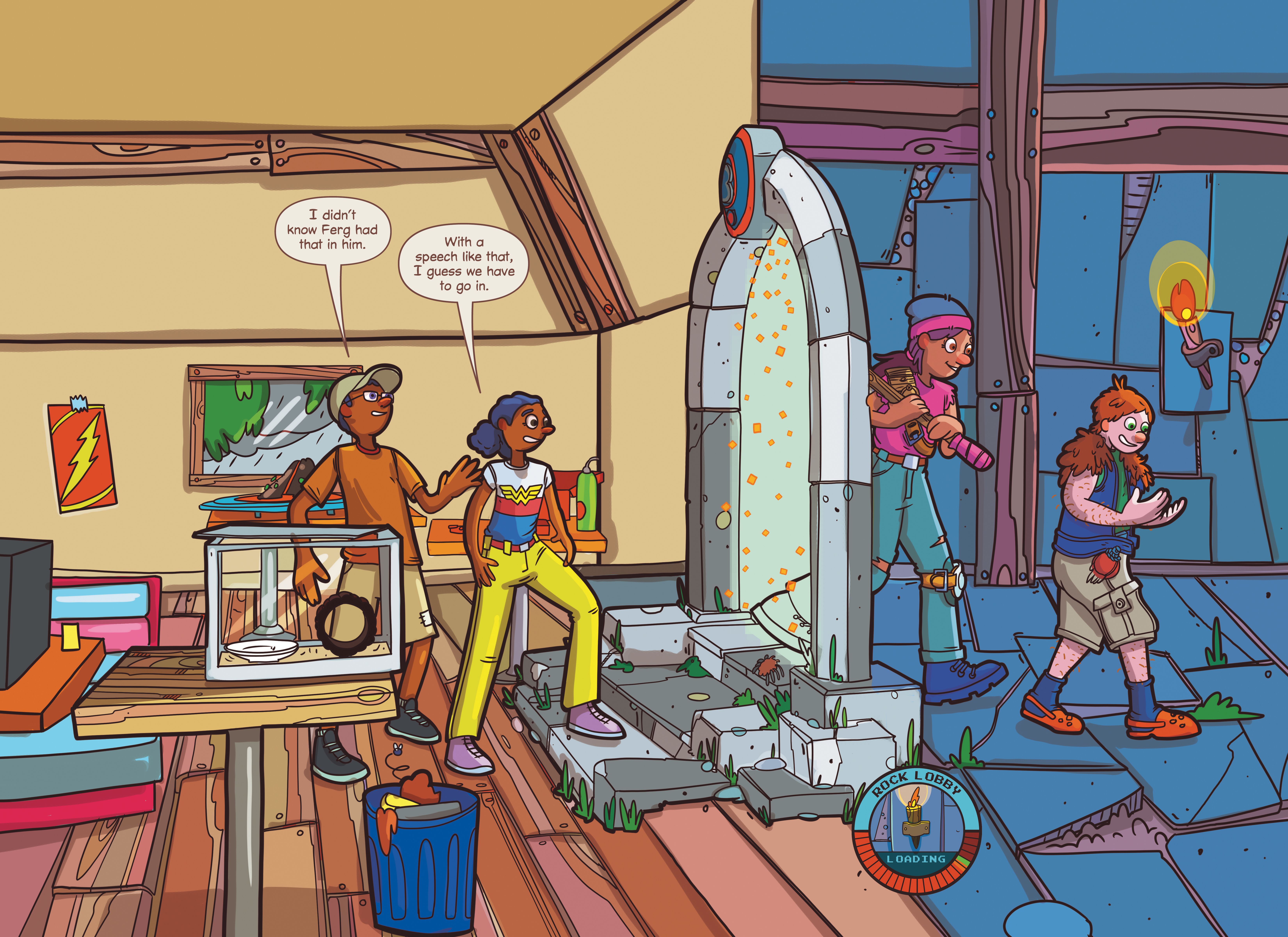DC Comics' new middle-grade graphic novel My Video Game Ate My Homework tells the story of what happens when Dewey Jenkins' science project leads him to get stuck in a virtual reality game console. The new adventure deals with overcoming dyslexia, conquering your fears, and becoming a hero. Screen Rant has an exclusive preview of the original graphic novel and talked with creator Dustin Hansen about bringing the story to life.
DC's middle-grade graphic novels are all about bringing the publisher's most famous heroes and all-new stories to a new group of fans. DC Comics' middle grade offerings include Anti/Hero by Demitria Lunetta, Kate Karyus Quinn, and Maca Gil, Diana: Princess of the Amazons by Shannon and Dean Hale, and the wildly popular DC Super Hero Girls series. We talked with Dustin Hansen, who comes from a video game development background and has released bestselling books such as Game On! Video Game History from Pong and Pac-Man to Mario, Minecraft, and more, about My Video Game Ate My Homework and what ultimately inspired the tale.
Working in video games clearly inspired this tale, what was it like to explore that in this graphic novel?
There’s no doubt that my experience designing video games has had an impact on how I tell stories. One thing, in particular, that feeds directly into my storytelling is the concept of game flow, or difficulty curving. In a game, this is super easy to experience. It basically goes like this: If you give a player too much of a challenge up front, and haven’t yet prepared them what they are to face, the game comes off as too hard, and players lose interest. On the flip side, if you overload them with information at the beginning of the game, but don’t give them enough challenge, they find the game boring, and you lose them as well. So, as a designer, you need to balance these two major components to make sure that players stay in that flow state, where they are constantly challenged and informed at the right time. Storytelling functions much the same way, and I used this pacing method throughout the book. If I told the reader up front the real issue with Dewey’s dyslexia before they’d seen him power through some already insurmountable obstacles in the game, it would come off as trite. But once you know that Dewey can conquer great things, it adds impact to his disability when he struggles with things that some people find easy.
How did this project land on DC's radar?
All the credit goes to my agent, Pam Pho from D4EO lit agency, and Michele Wells from DC. I made a quick one-page pitch containing some early art exploration and an overview, and the two of them saw the potential in the project. They grabbed it right up, and D4EO and DC have been a major part of the team ever since.
How did your own struggles with dyslexia influence the story?
When I was Dewey’s age, I didn’t have the benefit of understanding my dyslexia like he does. Back in the ‘70s and ‘80s, when I was in school, I was just labeled as the kid who couldn’t read well. It caused a lot of confusion, and if I’m being honest, pain, but I hid it well. I learned to cope (a fancy word for fake it) well enough, but there was no doubt that I relied on my friends and family to get me through. I became an expert at relying on others for assistance, while I focused on covering up a bit for my shortcomings with the things I was good at—storytelling, drawing, tinkering around with electronics. Dewey takes this same path, plus he has a few dozen bonerats and flaming spiders (pyrachnids) to deal with along the way. I’m just glad I didn’t have to face them.
What do you hope middle-grade students will take away from this story? What about parents?
For students, I hope they get the overall theme that we can do things beyond our capacity, especially in the face of adversity. Sounds a little cliché, but at a time like this I think we are all living this exact concept. Kids recognize it. Heck, they are usually better at it than we adults are. But sometimes it can help to have an allegory to lead the way, for us to see that we really can do impossible things.
I guess, for parents, I hope they recognize the power and influence of graphic novels in general. They are such a great way to get reluctant readers invested in new worlds, and develop a love of reading. Every knows a picture is worth a thousand words, but I think that is scratching the surface. The visual cues inside comics ask readers to imagine and construct stories that a much more complicated that can been seen on the surface. They are interactive, inspire empathy, ask the reader to read body language and facial expressions, ask readers to interpret visual language, and so much more. I know, I’m a bit soap-boxy about this, but really, I know that comics and graphic novels are important, and I only hope that parents (and educators) are discovering that, as well.
How exciting is it to see this story come to life?
Oh boy, I don’t even know where to start. I’ve been working on this book for so long, that I’ve honestly been too close to it to remain objective. It’s something that happens with just about every creative endeavor. I know I’m not alone here. But seeing people react and share the book, hearing from young readers’ parents that mention that their child has read the book five times in three days; seeing a couple of pieces of fan art pop up….Well, that’s more than I had hoped for, but it is nothing short of wonderful.
Here's an exclusive look at My Video Game Ate My Homework.
My Video Game Ate My Homework is available in stores today.

